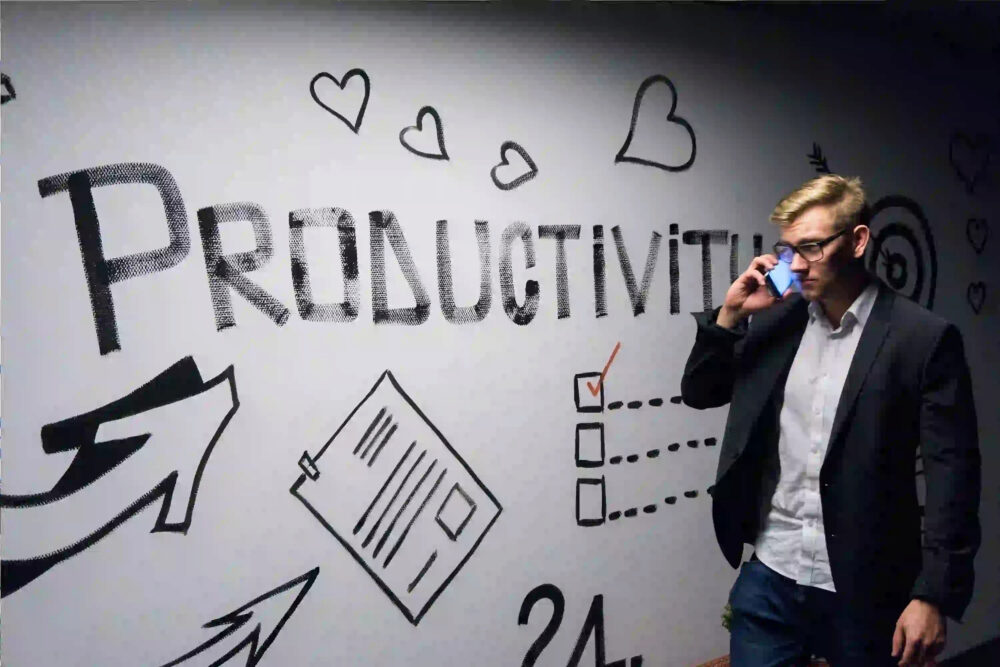Emails piling up, notifications constantly buzzing, and an overwhelming feeling of drowning in a sea of messages - sound familiar? In today’s digital age, managing our email inbox has become an art form. With the constant influx of messages, it’s easy to feel overwhelmed and lose control. But fear not! In this blog post, we will explore strategies for achieving an empty inbox and reclaiming our productivity.
Introduction
The average office worker receives approximately 121 emails per day. That’s a staggering number, and it’s no wonder that email management has become a hot topic in the professional world. But what exactly does it mean to have an empty inbox? It’s not about deleting every single email or ignoring important messages. Instead, it’s about adopting effective strategies to stay organized, reduce clutter, and prioritize our time. So, let’s dive in and discover the art of email management.
1. Set Clear Goals and Prioritize
Before diving into your inbox, take a moment to define your goals and priorities. What do you hope to achieve by managing your emails effectively? Is it to increase productivity, reduce stress, or improve communication? Once you have a clear understanding of your objectives, you can align your email management strategies accordingly.
2. Unsubscribe and Filter
One of the main culprits behind an overflowing inbox is unnecessary subscriptions and spam. Take the time to unsubscribe from newsletters, promotions, and other non-essential emails. Use filters and rules to automatically categorize incoming messages and prioritize important ones. By decluttering your inbox from unwanted emails, you’ll be able to focus on the messages that truly matter.
3. Create Folders and Labels
Organizing your emails into folders or labels is a simple yet effective way to maintain a clutter-free inbox. Create specific categories that align with your workflow or projects. For example, you can have folders for “Urgent,” “Pending,” or “Follow-up.” This way, you can easily locate and prioritize emails based on their importance and relevance.
4. Use the Two-Minute Rule
The two-minute rule is a powerful technique for managing your inbox efficiently. If you come across an email that can be responded to or dealt with in less than two minutes, do it right away. Avoid the temptation to procrastinate or leave it for later. By taking immediate action on quick tasks, you’ll prevent them from piling up and creating unnecessary backlog.
5. Schedule Dedicated Email Time
Constantly checking your inbox throughout the day can be a major productivity killer. Instead, designate specific times during the day to focus solely on emails. This way, you can give your undivided attention to your inbox without it becoming a constant distraction. Set aside blocks of time, such as the start and end of the day, to tackle your emails effectively.
6. Practice Inbox Zero
Inbox Zero is a concept popularized by productivity guru Merlin Mann. It’s about striving for an empty inbox by processing, organizing, and acting upon emails as they come in. The goal is to address each email only once and make a decision regarding its next steps - whether that’s responding, archiving, or delegating. By adopting Inbox Zero, you’ll stay on top of your emails and maintain a clutter-free inbox.
7. Use Productivity Tools
There are numerous productivity tools available to help streamline your email management process. From email scheduling apps to email tracking tools, these applications can enhance your productivity and efficiency. Find the tools that align with your workflow and give them a try. Experimenting with different tools can help you discover what works best for you.
Conclusion
Email management is not a one-size-fits-all approach. It requires a combination of strategies tailored to your specific needs and preferences. By setting clear goals, decluttering your inbox, and adopting efficient practices, you can achieve an empty inbox and regain control over your email communication. Remember, the art of email management is an ongoing process, so be patient and stay committed. Embrace these strategies, and you’ll be well on your way to inbox bliss. Happy emailing!
